How and When to Take Care of your Lawn
Planning ahead is important when caring for your lawn. Timely maintenance practices coincide with favorable growth and development stages of lawn grasses and help prevent many common lawn problems. Fertilizer and if necessary, pesticide applications, should be made at specific times during the season to be most efficient. Furthermore, properly timed lawn care practices reduce weeds and other problems, thus potentially eliminating need for pesticide applications. Pesticide use on lawns can be significantly reduced, and in many cases eliminated, by following timely, sound cultural practices and providing suitable soil conditions for healthy root growth.
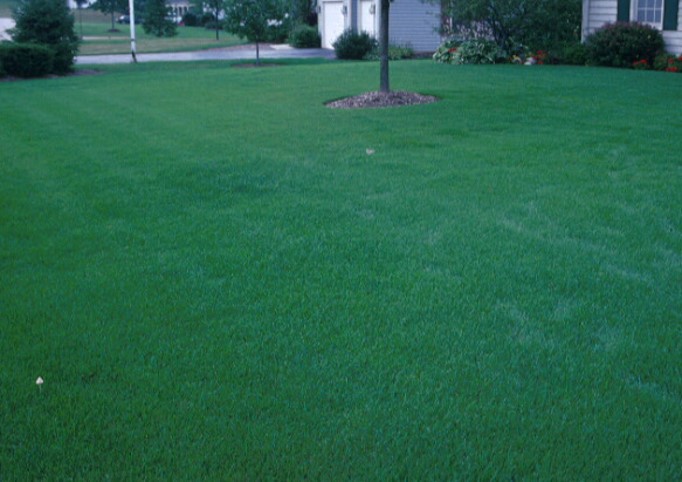
This article outlines the optimum times for lawn care practices in Wisconsin and highlights key points for best results. Please note: not all practices are suggested to be done on any one lawn in one season, and not all practices are needed or appropriate for every lawn. Maintenance practices should be based on specific site and use factors for each individual lawn. Also please note this maintenance schedule is designed for cool season turfgrasses, including Kentucky bluegrass, perennial ryegrass, tall fescue, and fine fescues.
Weather patterns, such as drought or unseasonably warm or cold weather, may alter schedules somewhat.
Some practices cannot be done in conjunction with another, such as reseeding and applying most herbicides, or fertilizing newly seeded areas at the same rate as established lawns. Adjust maintenance schedules whenever seeding is done to allow seedlings to develop properly.
Additional Extension resources can assist in identifying insect, disease, and weed problems that may develop during the growing season. Always identify lawn problems before trying to manage them; and consider all management options, both chemical and non-chemical. Do not preplan specific pesticide applications before the season begins.
When considering any pesticide use, always read, understand, and follow all pesticide label directions prior to purchasing, mixing, applying, and storing pesticides.
Spring Lawn Care Schedule
Spring is an important time for growth and development of cool season lawn grasses. Springtime weather conditions vary considerably each year across Wisconsin from south to north. Spring lawn care, especially early spring, is dictated by the type of winter that occurred and how quickly conditions transition into the growing season. Pay close attention to soils thawing out and how lawns break dormancy and resume growth when making spring lawn care decisions. Avoid the temptation to start lawn work too early.
- As snow melts away and conditions dry out, carefully rake up and remove leaves and winter debris.
- Assess winter damage. Spiraling trails of disturbed grass is from vole (field mice) activity under snow in the winter. Circular and sometimes irregular patches of matted grass is most likely snow mold disease, such as Typhula blight or Microdochium patch. Irregular bleached or dead areas can be due to exposure to winter cold, wind, and accumulating snow and ice. Rake these areas and reseed as necessary in spring. Also take steps (see fall schedule) to help reduce the potential for these issues to reoccur next winter.
- Dethatching rakes can be used in spring to remove debris and open up lawns, which can speed up the greening of lawns. However, this practice may also increase potential for weed encroachment. Core aerating (see below) may be a better option for thatch management.
- Mow on a regular basis, not removing more than one-third of the leaf blade, as grasses green up and resume growth. Mow at about 3 inches for the entire season and do not make the first mowing excessively short. Return clippings all season as they recycle nitrogen (reducing fertilizer applications) and do not cause thatch. Proper mowing has a significant impact on lawn health and appearance and reduces weed infestations.
- If considering mowing modifications and helping pollinators in spring, read more about No Mow May. Adding pollinator gardens and plantings to your landscape without modifying lawn mowing practices is another option to consider.
- If your lawn has a recent history of crabgrass infestation, apply a preemergence herbicide as soil temperatures reach near 60 degrees for several consecutive days, which takes considerable time in spring. Blooming of the common landscape shrub forsythia can be used as a reminder to apply preemergence herbicides soon. Unless otherwise stated on product labels, do not apply preemergence herbicides if reseeding lawn areas the same spring. Crabgrass thrives in full sun and open, thin turf; take steps to thicken lawns to avoid future crabgrass infestations, starting with raising mowing heights. There is no need to apply preemergence herbicides to your lawn if crabgrass has not been a problem previously.
- Spring is an important time to apply nitrogen fertilizer to your lawn. Ideally wait until the second mowing for optimal timing. Do not fertilize first thing in spring and avoid excessive nitrogen rates. This leads to top growth at the expense of healthy root growth. Apply about 1 pound of nitrogen per 1,000 square feet of lawn area for full sun lawns and reduce the rate for shade lawns. Most fertilizer spreader guides on product packages apply about 1 pound of nitrogen per 1,000 square feet rate. Choose controlled-release nitrogen fertilizers.
- Core aerating can be done in spring to help alleviate soil compaction and reduce thatch problems. Aerating is most effective when soil moisture levels are adequate. Removing 15 to 20 cores per square foot of lawn is suggested; this usually requires more than one pass over the lawn. Allow cores to remain on the lawn surface. Machines can be rented or aerifying services are available for hire. Consider aerifying as part of a sound lawn care program, especially on sodded lawns with underlying clay soils.
- Seeding and overseeding can be done in spring, although given a choice, early fall is better. Seedlings need to emerge and develop prior to onset of hot summer weather, so seed in late April to early May. Water newly seeded areas frequently to keep soils moist, applying lower amounts of water. As grasses grow and develop root systems, water less often and apply higher amounts. The goal is to water to depth of root system.
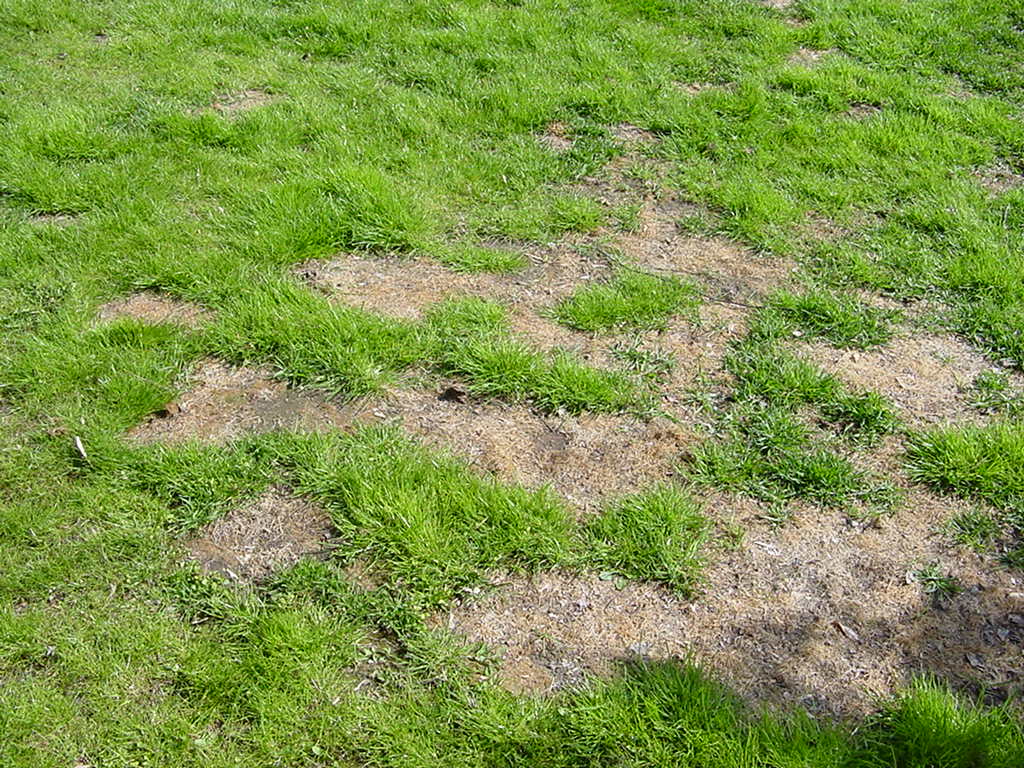
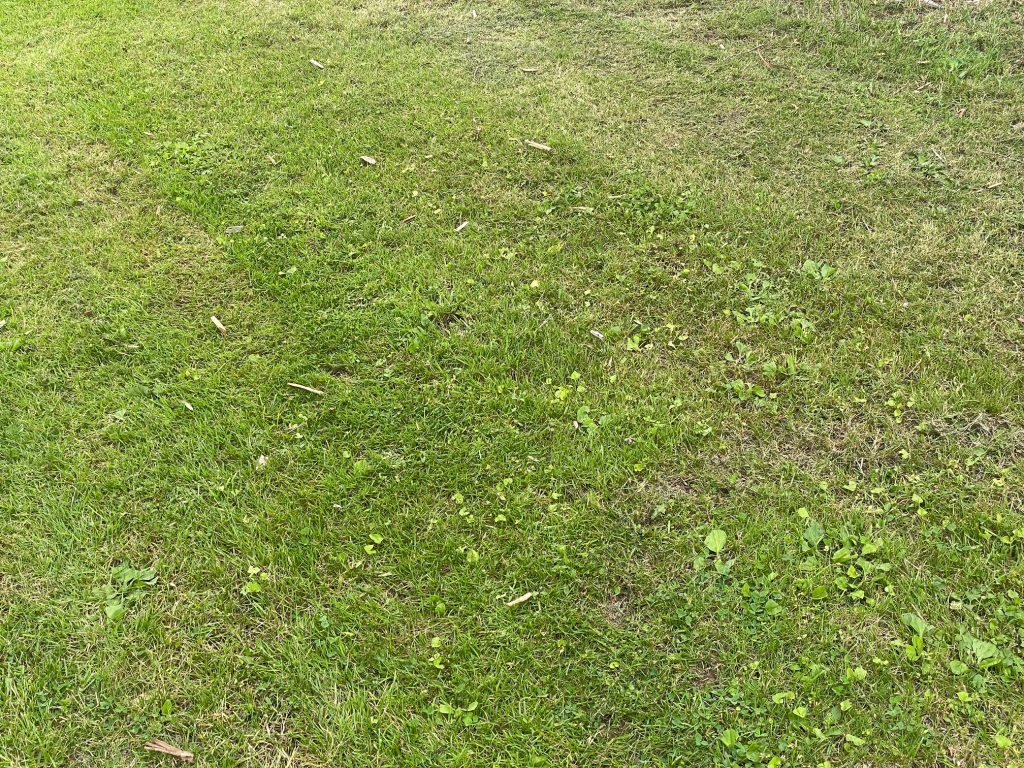
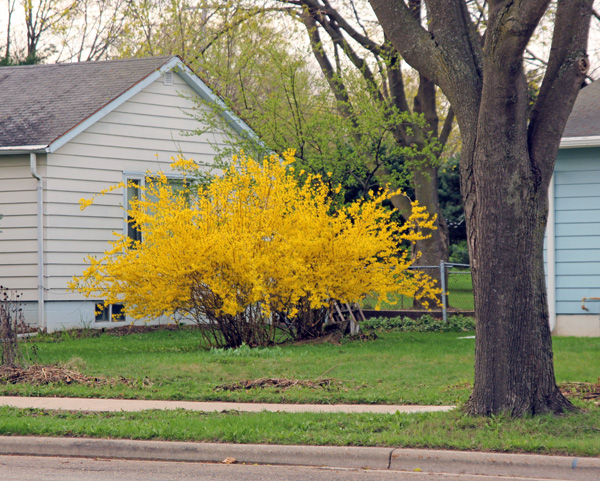
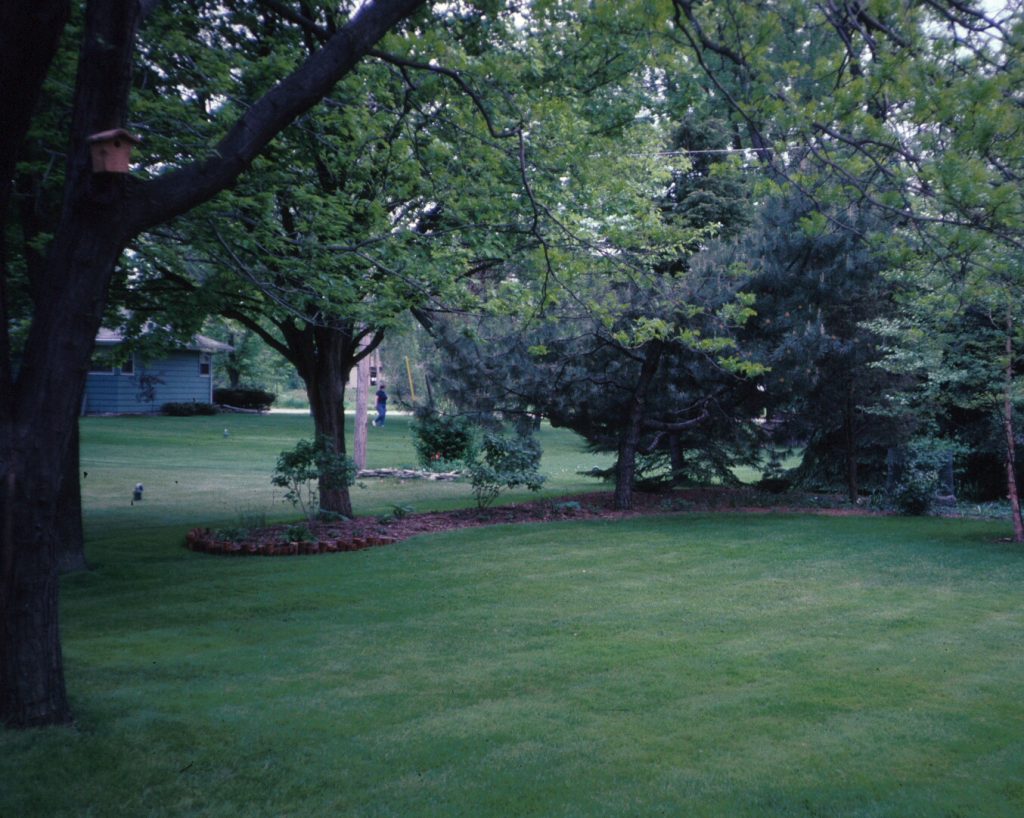
Summer Lawn Care Schedule
Unlike spring and fall, summer is typically not an active time for lawn care practices as cool-season grasses will naturally slow down in growth during warm weather conditions. Late summer is time for preparing areas for certain early fall cultural practices.
- Watering is a significant cultural practice for lawns in summer. Decide before dry conditions occur whether to water your lawn as needed all summer or allow it to go dormant. Kentucky bluegrass, the dominant lawn grass in Wisconsin, has the ability to survive extended periods of drought in a completely brown state for several weeks by going dormant. Dormant lawns are not tolerant of use and traffic, however, so irrigation to prevent dormancy is a good practice if you actively use your yard all summer. Do not wait until lawns turn brown from drought to decide to water and make grasses turn green again, as this actually drains reserves and stresses grass plants in the heat of summer, when cool season grasses are not actively growing. Signs lawns need water (before turning brown) include wilting, “footprinting”—when grasses do not bounce back from impact of footprints—and an overall darker, duller color to the lawn.
- Water your lawn properly if planning to keep it green during summer. Factors such as soil conditions, weather, and management practices all play a role in water needs of lawns. In general, about one inch of water per week is needed to maintain green color and active growth. When watering, apply enough water to get down into the root system of lawn grasses, preferably water early in the day, and spread water uniformly across the lawn. Sprinklers vary in distribution patterns, and require spray overlap for uniform coverage. Placing coffee cans or similar straight-sided containers on the lawn can help measure water application rates. Avoid flooding areas or missing other spots. On heavy clay soils and slopes, watch for excessive runoff; it may be necessary to apply the water in 2 applications to ensure it soaks in.
- Mow as needed based on grass growth. Do not remove more than one-third of the grass height each time you mow and adjust your mower to highest mowing height setting before the warm weather of summer.
- Nitrogen fertilizer applications should only be made on irrigated lawns in summer, if at all. Fertilizer rates should be lower than in spring or fall (less than 1 pound of nitrogen per 1,000 square feet) and use controlled release nitrogen fertilizers. Avoid fertilizer applications in hot weather. Most lawns do not need a summer application, in particular if a spring application was made and clippings are returned each mowing.
- Avoid seeding and cultural practices that open up lawn areas in summer, including use of vertical mowers, power rakes, and “dethatchers”. When cool-season turfgrasses are damaged in summer they can be very slow to recover, while crabgrass and other weeds thrive in open soil and warm weather.
- Monitor and scout lawns for white grub damage in late summer into early fall. Grubs prefer irrigated lawns in full sun, and the percentage of infested, significantly damaged lawns likely in Wisconsin in any given year is low. Carefully peel back turf on edges of any browning areas (where it meets green grass) to check the root zone for grubs. Do not treat lawns with insecticides unless an insect pest causing significant damage is confirmed. Preplanned insecticide applications as part of an annual lawn care program are not suggested.
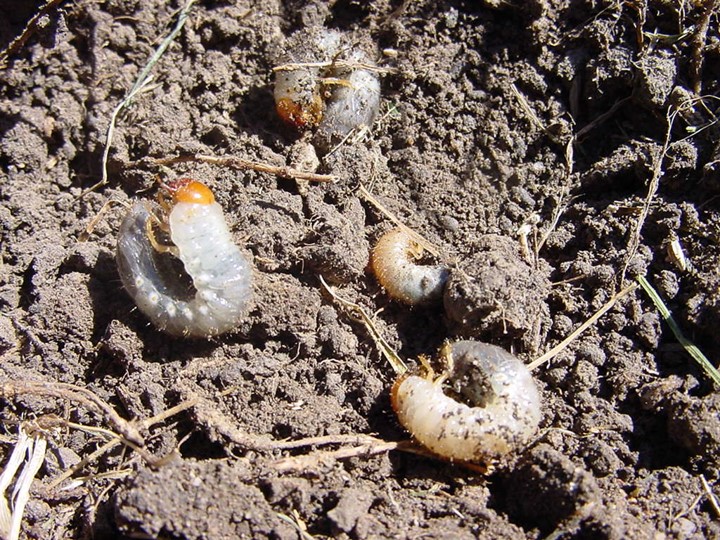
- Late August is ideal timing to prepare lawns for seeding or overseeding. Existing perennial weeds, both broadleaf and grassy, need to be mechanically removed from the site or can be treated with a nonselective herbicide that does not leave a soil residue. Herbicide products containing glyphosate are one common example. Very late August into early September is optimum time for seeding (see below).
Fall Lawn Care Schedule
Fall, in particular September, is the key time for many lawn care practices. Cool season grasses grow actively in fall, seeds germinate quickly in warm soils, cooler weather allows grass seedlings to develop in a timely manner, and weed pressure, especially crabgrass, is not an issue in fall as compared to spring and summer.
- Late August into early September is the ideal time to establish a new lawn via seeding or sodding. Existing perennial weeds need to be managed prior to working the soil (see above). Thoroughly prepare the soil and incorporate amendments (i.e. quality topsoil, compost) as needed to improve clay or sandy soils to a depth of 4 to 6 inches. Properly prepared soil is critical for successful lawn establishment and long-term lawn health; taking time and effort pays big dividends later.
- Late August into early September is the optimum time to renovate or repair thin or damaged lawns. Complete renovation involves site preparation similar to establishing new lawns (see above). Equipment such as vertical mowers or power rakes can be used to remove debris and prepare sites for overseeding. Seeds need to make direct contact with soil for favorable results. Slit seeding is the ideal way to overseed thin lawns over decent soil conditions, as seed is placed directly into the soil in slits cut through surface debris. Slit seeders can be rented or services are available for hire.
- Early fall (September 1-15) is a key time for nitrogen fertilization to all lawns in Wisconsin, regardless of what type of maintenance program the lawn falls under. Use controlled-release nitrogen fertilizers and apply at about 1 pound per 1,000 square feet of lawn area. Avoid mid-fall nitrogen applications to help prevent excessive late season growth surges of lawn grasses that can promote snow mold disease development and vole damage over winter.
- Early to mid-fall is a favorable time to manage dandelions and other perennial broadleaf weeds with herbicides. Broadleaf weed control is usually better in fall as compared to spring. Make sure weeds are still actively growing so herbicides perform as expected. Spot treat the target weeds with a liquid-applied herbicide rather than broadcasting herbicides over the entire lawn; this provides optimum control and reduces overall amount of herbicide applied to lawns. Take steps to thicken lawns via cultural practices to prevent weeds from returning.
- Fall is an excellent time for core aerating (see spring calendar section for details).
- Continue mowing lawns throughout fall until they go dormant. Do no allow lawns to enter winter excessively tall, as it creates an ideal environment for vole damage. Also clean up leaves and debris off lawns prior to snowfall.
- Properly winterize lawn mowers and mowing equipment prior to storing away for the offseason.
- Dormant seeding can be done in very late fall, but results are variable. Seed should not germinate until spring. Ideal timing is to seed just prior to snowfall, with snow cover remaining all winter. Lack of snow causes problems. Dormant seeding of lawns is not suggested in most instances.
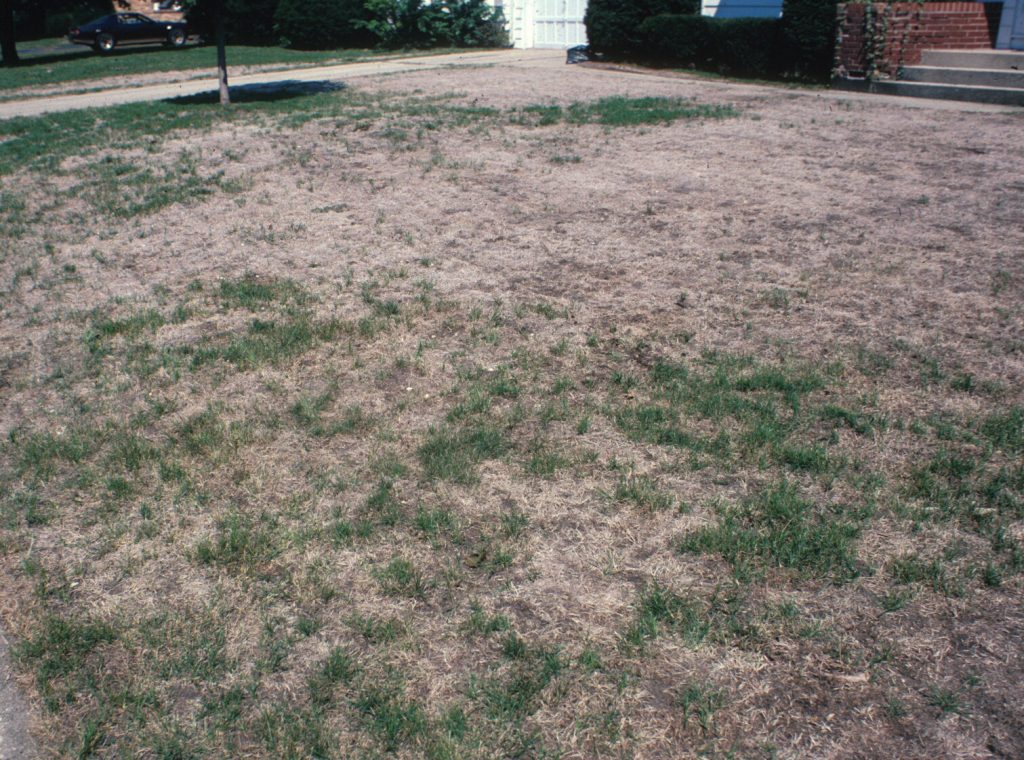
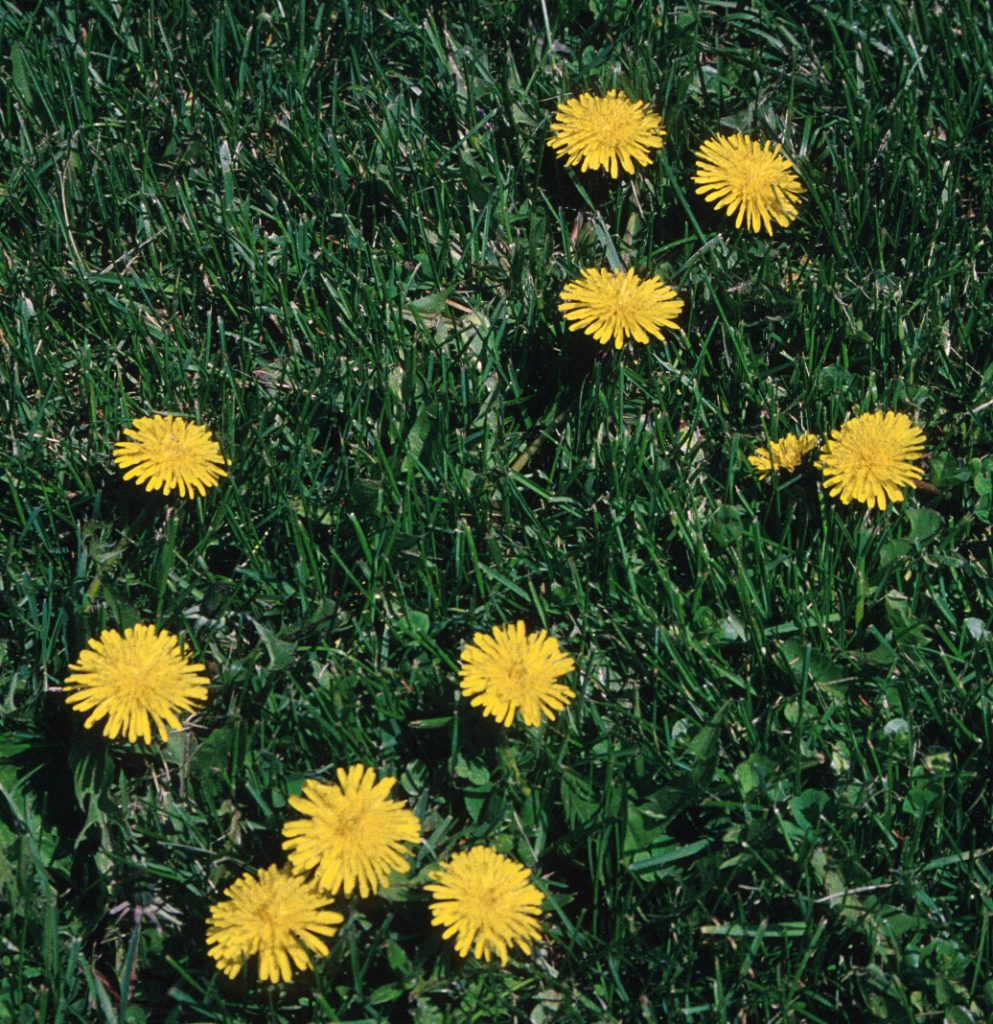
Author: Bruce Spangenberg, UW-Madison Extension, 2025
Reviewed by Doug Soldat, UW Madison





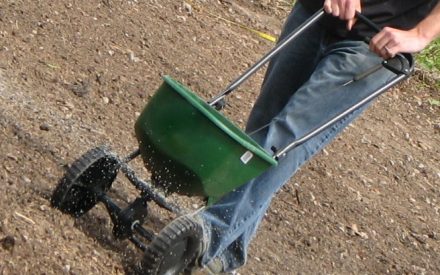 Lawn Fertilization
Lawn Fertilization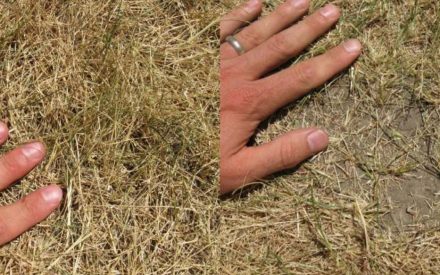 Keeping your Grass Alive During Periods of Extended Drought
Keeping your Grass Alive During Periods of Extended Drought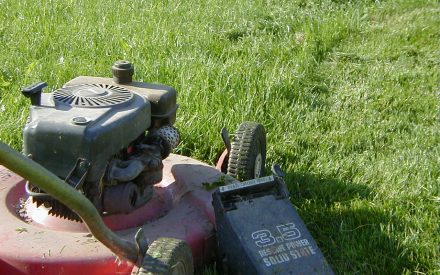 Lawn Maintenance
Lawn Maintenance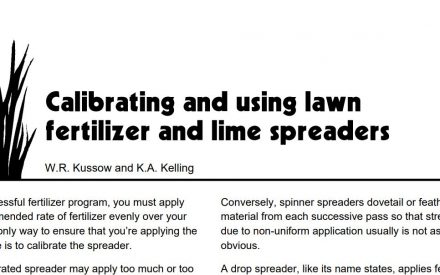 Calibrating and Using Lawn Fertilizer and Lime Spreaders
Calibrating and Using Lawn Fertilizer and Lime Spreaders


